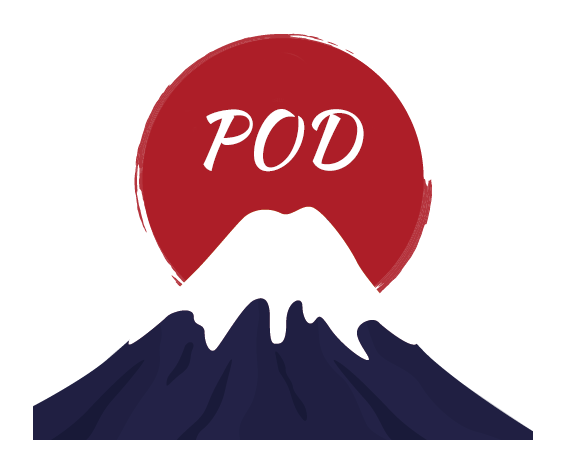Ukiyo-e, which translates to "pictures of the floating world," is a traditional Japanese art form that flourished during the Edo period (1603-1868). This unique style of woodblock prints provides a fascinating glimpse into the culture and society of that time. From depicting beautiful landscapes to capturing the lives of ordinary people, Ukiyo-e serves as a window into Japan's rich history.
One of the key themes in Ukiyo-e is the representation of the 'ukiyo' or 'floating world,' a term that refers to the pleasure-seeking urban lifestyle of the Edo period.
During this time, Japan experienced a period of relative peace and stability, allowing the arts and entertainment to thrive. Ukiyo-e prints often portrayed scenes from the bustling city life, including bustling marketplaces, tea houses, theaters, and pleasure quarters.
One of the most famous Ukiyo-e artists is Katsushika Hokusai, known for his iconic work "The Great Wave off Kanagawa." This masterpiece depicts a giant wave about to engulf three fishing boats with Mount Fuji in the background. The print not only captures the power of nature but also symbolizes Japan's complex relationship with the sea. Hokusai's work, along with other Ukiyo-e prints, played a significant role in shaping the Western perception of Japan during the 19th century.
Another popular subject in Ukiyo-e is the representation of beautiful women, known as bijin-ga. These prints portrayed elegant geishas, courtesans, and kabuki actors, capturing their intricate hairstyles, elaborate kimonos, and delicate features. These images not only highlighted the beauty standards of the time but also provided a glimpse into the fashion trends and social hierarchy of Edo-period Japan.
Ukiyo-e prints also depicted landscapes, both real and imaginary. Artists like Utagawa Hiroshige were known for their series of prints showcasing famous travel destinations such as the Tokaido Road. These prints not only served as travel guides but also captured the changing seasons, weather conditions, and the beauty of nature.
The creation of Ukiyo-e prints involved a collaborative process between artists, woodblock carvers, and printers. The artist would first create a design, which was then transferred onto a wooden block. Carvers would meticulously carve out the design, leaving raised ridges that would hold the ink. Finally, the printer would apply ink to the carved block and press it onto paper to create the final print. This technique allowed for the mass production of prints, making Ukiyo-e art accessible to a wider audience.
Today, Ukiyo-e prints are highly sought after by collectors and art enthusiasts worldwide. They continue to be a valuable resource for studying the history, culture, and aesthetics of Japan's Edo period. Through these prints, we can gain a deeper understanding of the people, places, and events that shaped Japan's rich heritage.
In conclusion, Ukiyo-e prints offer a captivating window into Japan's Edo period. From its representation of urban life to its depiction of natural landscapes and elegant women, Ukiyo-e provides a unique perspective on the cultural and social aspects of that time. The art form's enduring popularity is a testament to its timeless beauty and significance in preserving Japan's history.
Related recommendations:
Products designed with the 10 most popular ukiyo-e themes.

